What Does "Natural" Really Mean in Skincare?
"Natural skincare" is a broad term. Here's what it really means, why it matters, and how to make choices that work for you.
Natural. Clean. Chemical-free. What does it all mean?
Ask ten different people what "natural skincare" means, and you'll get ten different answers. And that’s not a bad thing. The word natural doesn’t have a legal definition in skincare, so it's often left up to the brand or the customer to decide what it means to them.
Some folks see natural as 100% unrefined, cold-pressed oils and steam-distilled essential oils. No preservatives, no synthetics, no lab processing. Others are open to naturally derived or even nature-identical ingredients if it means a product works better, lasts longer, or is more sustainable.
At Go Native NZ, we work with everyone from home formulators to natural skincare brands, and this question comes up a lot. So let’s break it down.
What's the difference between natural, naturally derived, and nature-identical?

Here’s a quick cheat sheet:
-
Natural: Found in nature. Cold-pressed oils, hydrosols, clays.
-
Naturally derived: Comes from nature, but processed to change its structure or function. Often essential for making things like emulsifiers or surfactants.
-
Nature-identical: Lab-created to be chemically identical to something found in nature. Often used when the natural source is endangered, unethical to harvest, or too unstable to work with.
None of these categories is inherently better or worse. It depends on your values, your skin, and what you want out of a product.
Let’s talk preservatives (and fear-mongering)

Preservatives get a bad rap. But if you’re making anything with water in it (think creams, gels, toners), a preservative isn't optional, it's essential. Otherwise, you’re opening the door to mould, yeast, and bacteria.
Here’s the kicker: those contaminants are also natural. But they’re not great for your skin.
There are plenty of preservatives that are approved for use in certified natural products (like Geogard 221 or Geogard ECT). They're used in tiny amounts (typically under 1%), and they do an important job.
Fear of chemicals is understandable. But it helps to remember: everything is a chemical. Water is a chemical. The air you breathe is full of chemicals. So when people say “no chemicals,” what they usually mean is “no harmful chemicals.” The trouble is, that's subjective and highly contextual.
It’s not just about what a raw chemical is, it’s about the whole picture. What concentration is it used at? How is it tested? How does it interact with the other ingredients in a formula? A single ingredient might sound concerning in isolation, but in a well-formulated product at a safe percentage, it could be doing something incredibly beneficial.
Not all natural things are good for you

It’s also important to acknowledge that not everything natural is automatically good for you.
I mean, I pick up after my dogs, what they’re doing is entirely natural. Straight from nature, no additives (except maybe the remnants of an old tennis ball). But that doesn’t mean I want it anywhere near my skincare.
Just because something comes from nature doesn’t automatically make it skin-safe, effective, or even remotely pleasant. The bacteria that grows in a preservative-free face cream? Also natural. But that can do a lot more harm than a well-chosen synthetic.
It's all about context, what’s the ingredient, how is it used, and what’s the percentage?
When you’re formulating DIY skincare or choosing ethical skincare products, the context matters just as much as the source. Natural isn’t a guarantee of safety, just like synthetic isn’t automatically a red flag.
But what about ethics and sustainability?

This is where nature-identical ingredients can really shine. Sometimes it’s far more sustainable (and ethical) to recreate something in a lab than it is to mine or harvest it from nature. Think endangered plants, ingredients with exploitative supply chains, or resources that are becoming less accessible due to climate or demand.
In those cases, the "pure natural" option might not actually be the better one, for you or for the planet. Choosing sustainable skincare isn’t always about what’s raw and untouched — it’s about knowing the full story.
So, what do you consider natural?

There’s no one right answer, and you don’t have to pick a side.
You can be someone who loves cold-pressed oils and uses preservatives. You can reach for nature-identical ingredients when they’re the more sustainable choice, while still valuing the simplicity of raw botanicals. It’s not all or nothing.
What matters most is being informed. Knowing what your ingredients are, what they do, and how they align with your values.
At Go Native New Zealand, our ethos is transparency. We want you to know what’s in your skincare, where it comes from, and why it’s there. That way, you can make the choices that feel right for you.
And if you’re ever unsure, just reach out. We’re always happy to talk these things through. No judgement. No fluff.
Want to learn more about our raw ingredients?
Have a browse through our ingredients or flick us a message. We love a good skincare chat.
Written by the team at Go Native New Zealand, where natural meets practical.



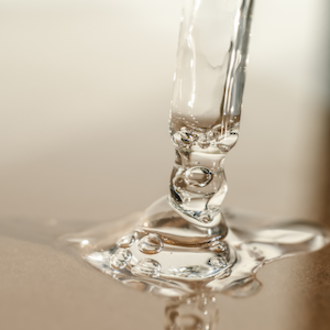




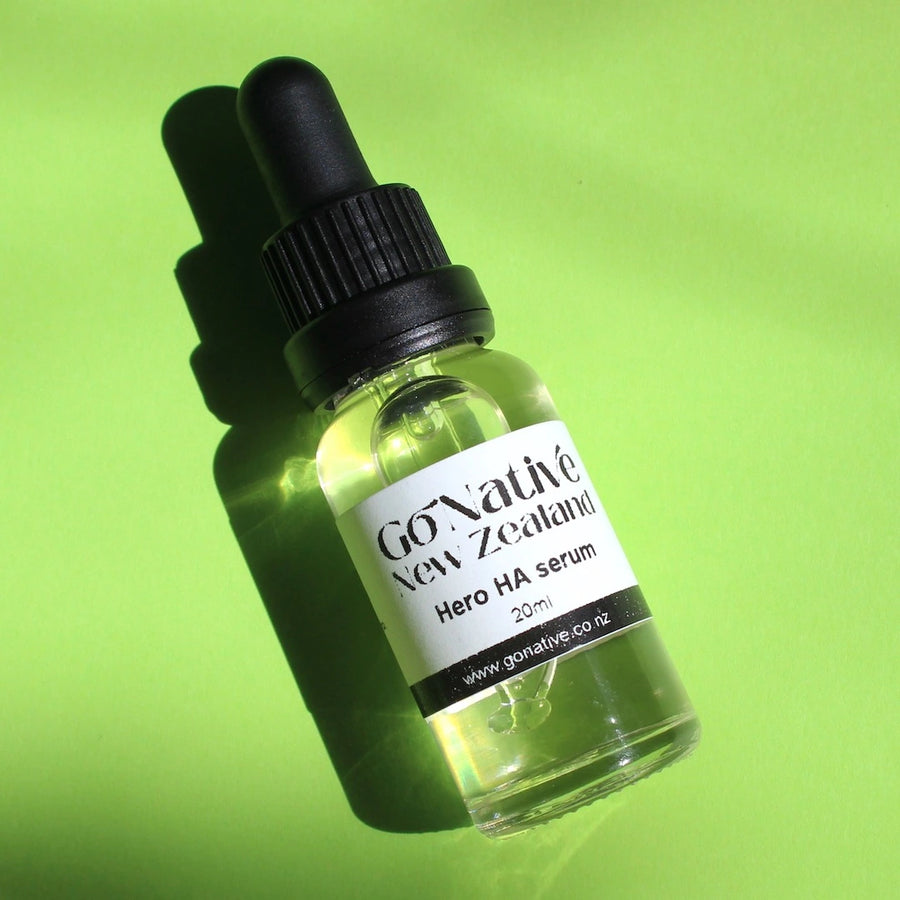
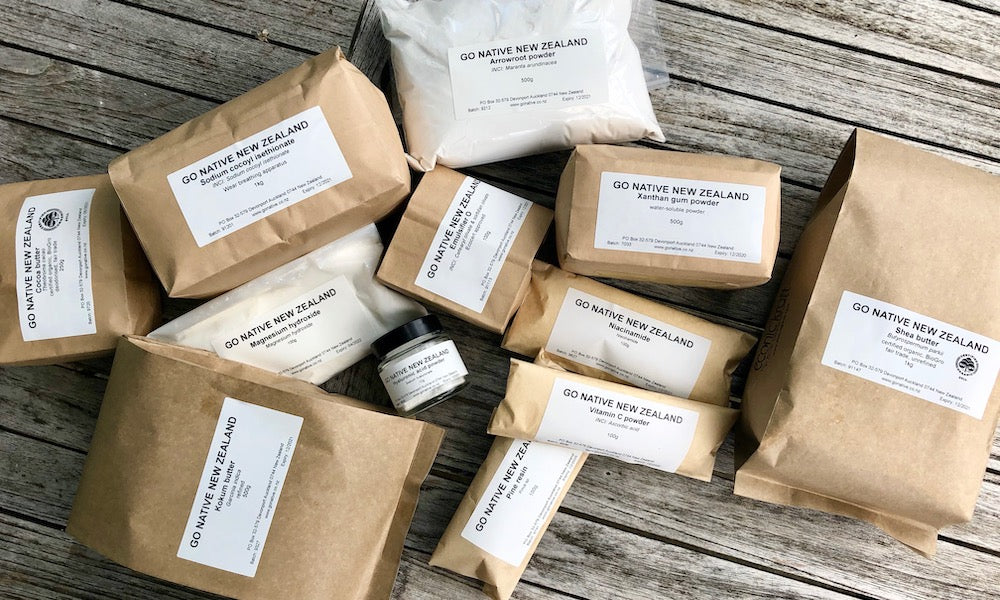
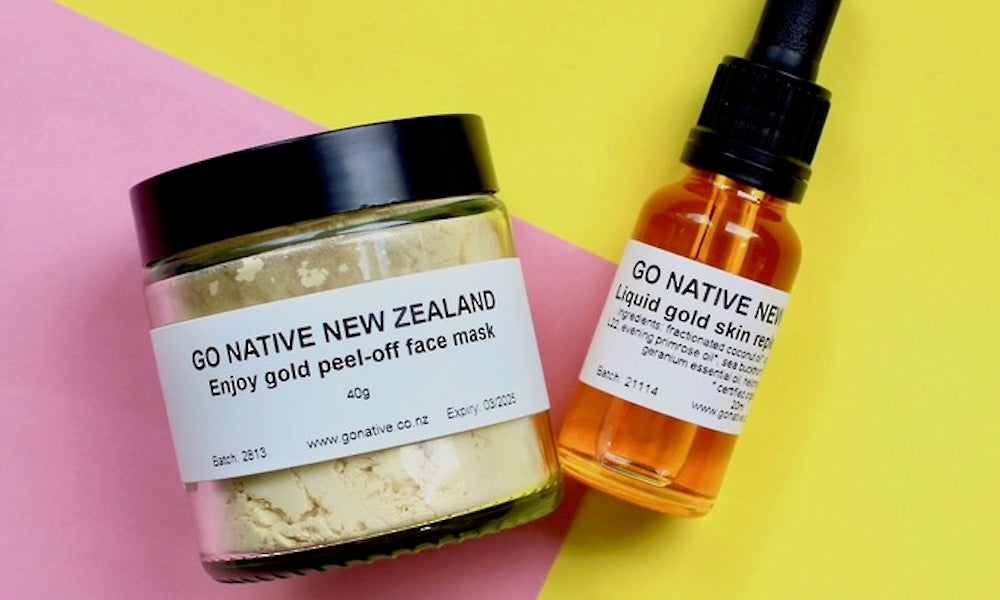
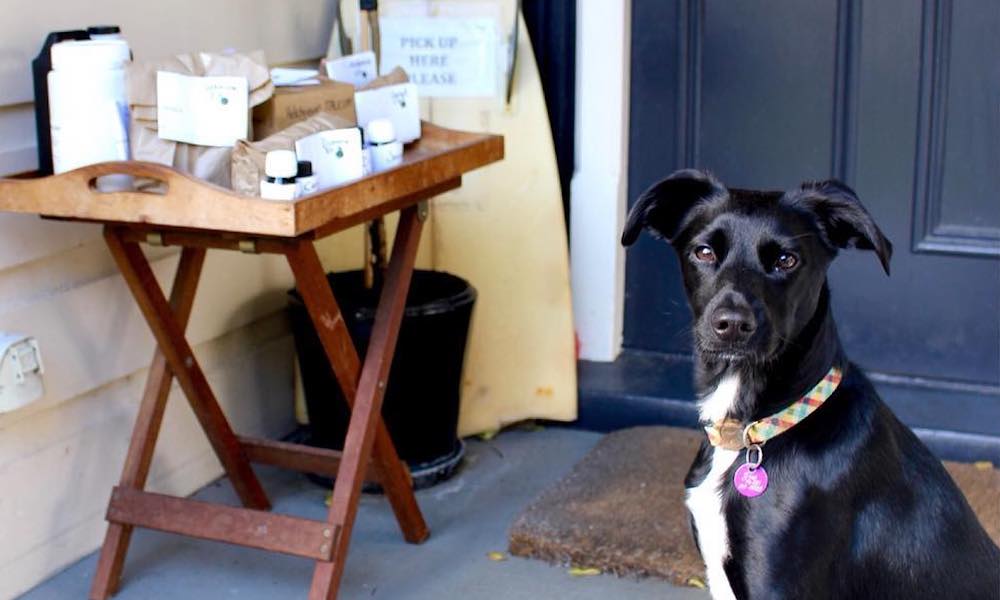

Leave a comment